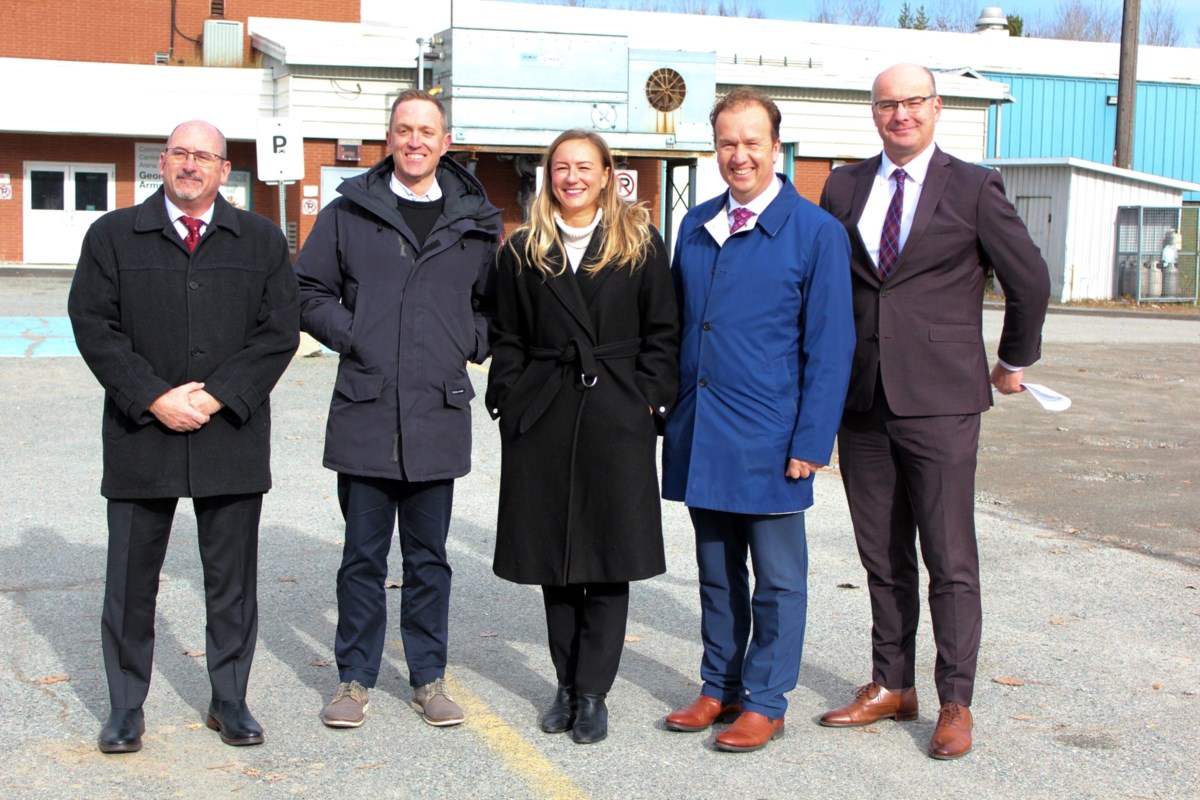ONSAT program to bring broadband to 15,000 eligible underserved homes and businesses in rural, remote, northern parts of Ontario
The Ontario government and Starlink have partnered to bring high-speed satellite internet service to 15,000 eligible unserved and underserved homes and businesses in rural, remote and northern communities.
Starlink, owned by American businessman Elon Musk’s aerospace company SpaceX, uses satellites operating in a low-Earth orbit to deliver broadband internet capable of supporting streaming, online gaming, video calls and more.
More details on how to register with the Ontario Satellite Internet (ONSAT) program, as it will be known, will be available in spring 2025, with satellite service expected to begin by June 30, 2025.
ONSAT will leverage modern technology to provide high-speed internet access (50/10 Mbps) to unserved and underserved homes and businesses across Ontario where fibre optic or fixed wireless services are not currently available.
Minister of Infrastructure Kinga Surma and Infrastructure Ontario CEO Michael Lindsay made the announcement Nov. 14 outside the George Armstrong Community Centre and Arena in Garson.
Starlink was awarded the contract based on a request for proposals to provide satellite internet in Ontario that began in January and closed in May of this year.
In response to a question from Sudbury.com, Surma said the program is “an investment of close to $100 million,” which will pay for the cost of the equipment and installation for users selected for the program.
“In many of our communities, particularly in rural and remote areas in the north, barriers like challenging terrain and weather as well as limiting existing infrastructure have made it difficult to implement traditional ground based high speed internet connections,” said Surma.
“That’s why today, I’m thrilled to announce the launch of the Ontario Satellite Internet Program, or ONSAT, an ambitious partnership with Starlink.”
A press release said the new ONSAT program is part of the government’s nearly $4 billion investment to help bring access to reliable high-speed internet to every community across the province by the end of 2025.
The government said it is “the largest single investment in high-speed internet, in any province, by any government in Canadian history.”
Michael Lindsay, president and CEO of Infrastructure Ontario, said the ONSAT program will include Indigenous engagement and participation.
“As part of those contract requirements, SpaceX is going to engage directly with indigenous communities to ensure equal access to the program and to create socio economic opportunities through employment contracting and training opportunities where feasible,” he said.
Starlink’s Joel Cherkis speaks at a Nov. 14 announcement of the Ontario Satellite Internet (ONSAT) program. Heidi Ulrichsen/Sudbury.com
Starlink’s Joel Cherkis also shared his remarks at the press conference, saying the company’s goal is to “help bridge the digital divide,” essentially filling in the gaps in areas where high-speed internet is not available.
He said Starlink now has four-million customers in more than 100 countries around the world, and launches 40 satellites per week.
“For those who don’t know much about Starlink, we are the world’s first low Earth orbit satellite constellation,” he said. “We operate at around 550 kilometres above the earth. It’s very different than the traditional geostationary satellite providers. They typically are operating somewhere around 35,000 kilometres above the earth.
“By being much closer to the earth, that enables us to deliver high speed capability at a very low latency. Low latency is important because of some of the things that Minister Surma mentioned, things like online streaming services, being able to have video calls, being able to do online gaming, or to live your life using the broadband capabilities.”
Setting up Starlink internet systems is very user-friendly, Cherkis said. Some of Starlink’s earliest users in 2020 were remote First Nations, including Pikagikum First Nation in Northern Ontario
“The Starlink team that was working with them found that within 15 minutes of getting the Starlink kit off of the charter flight that arrived at that First Nation, they were able to be online and actually connecting users to high speed broadband,” he said.
Mayor Paul Lefebvre gave his thanks to those involved in the project on behalf of the mayors and reeves of Northern Ontario.
The Federation of Northern Ontario Municipalities “has been asking for this,” he said.
“It’s not only important for the economy, for education and for health care,” Lefebvre said. “It drives so much for our communities. It’s such an important link to have. And the fact that for years they’ve had internet, but certainly slow Internet. The fact that now the province is making this historic investment and really focusing on Northern Ontario as well, goes a long way.
“We know that reliable internet connectivity is just not a luxury, but it’s essential for these communities.”
Heidi Ulrichsen is Sudbury.com’s assistant editor.
This article was published by: Heidi Ulrichsen | Sudbury.com
Visit the original article here



